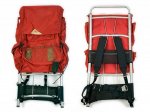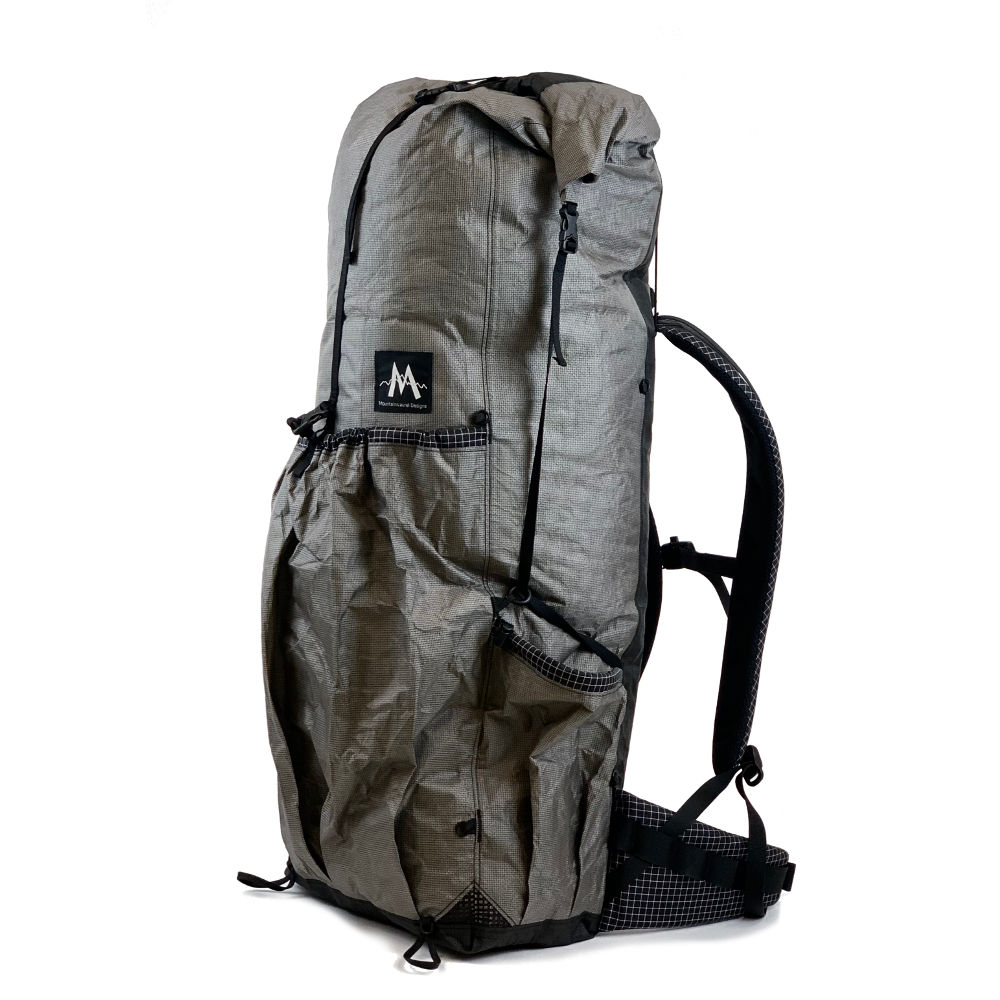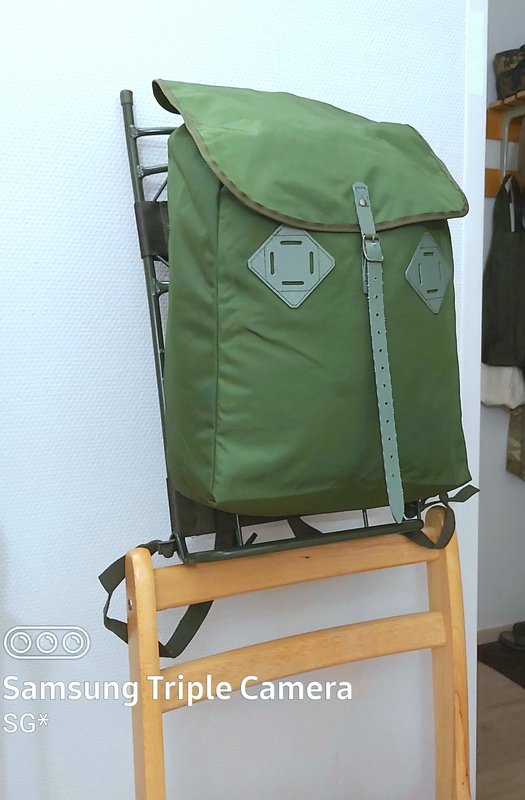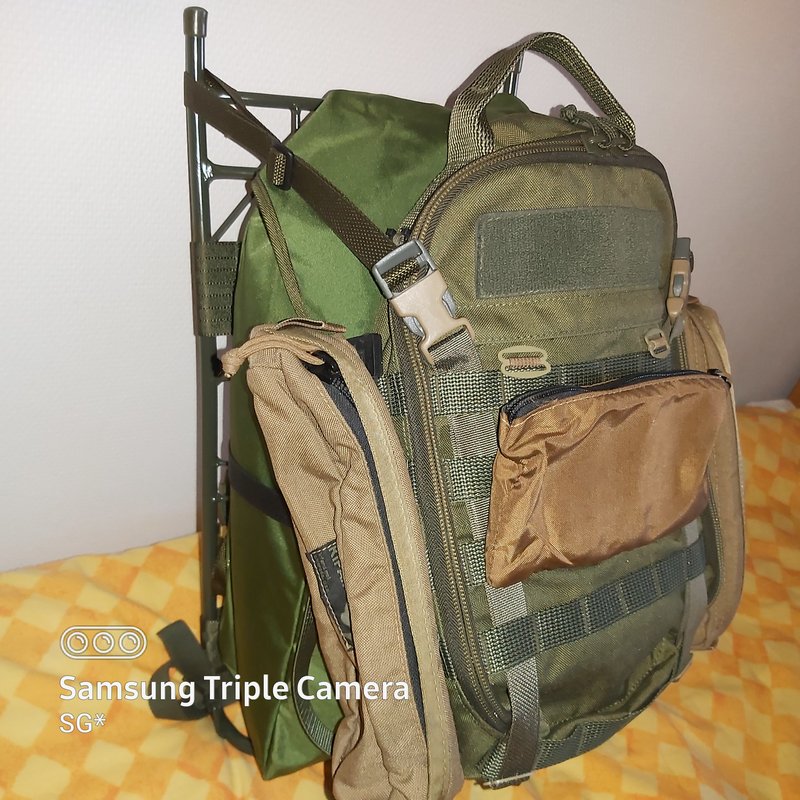The best way to shape an internally framed rucksack to your back, as I found out once, is to put a big weight into it and walk for at least two full days. After that the frame or your back will be permanently adjusted to fit the other!!!! It turned my Berghaus sack with a two, alloy slat, X frame into the most comfortable rucksack ever. I even continued for 9 days with a bad back after straining it. Wearing the fully loaded rucksack actually reduced the pain in my back that I felt when not wearing it!!!
As to external frame sacks, I believe they've become more specialised such as for hunting or long, unsupported treks. The triple crown trails do have more support along their lengths but there are still two week stretches on all of them I believe. Many require bear canisters under threat of hefty fines. However with the renewal of the ultralight movement you can now go for several weeks without the loads needed when external framed rucksacks had their peak. I believe they are not as stable as internal frame sacks on the whole.
As to weight increases since those days, well you're talking 80s and early 90s but nowadays things have moved back to lighter weights. In long distance walkers it's gone really lightweight. My base load without food, but it did have 2 litres of water when measured which I forgot I'd packed, was measured at 6.5kg. that's without trying to get light. It had a fair few luxuries in TBH. I could have easily dropped to below 4kg. In fact taking the water out I was really at 4.5kg base load. Taking the frame out of my sack, taking out my 3/4 length TAR out (I had a cut down CCF mat that weighed 130g before cutting down to fit me) and removing my luxuries could easily have got to below 4kg. That in a sack that could manage to be carry at least a week's food possibly 2.
I'm not even trying to be UL and 4kg is realistic. Why carry heavy external frame when it's easy to carry what you need with lightweight loads that will never need the carrying capability of external frames? Unless you've got a specialist need such as hunters to carry out heavy meat loads. Or you're a bushcrafter carrying heavy loads of kit and luxuries to your favourite base camp of course.








